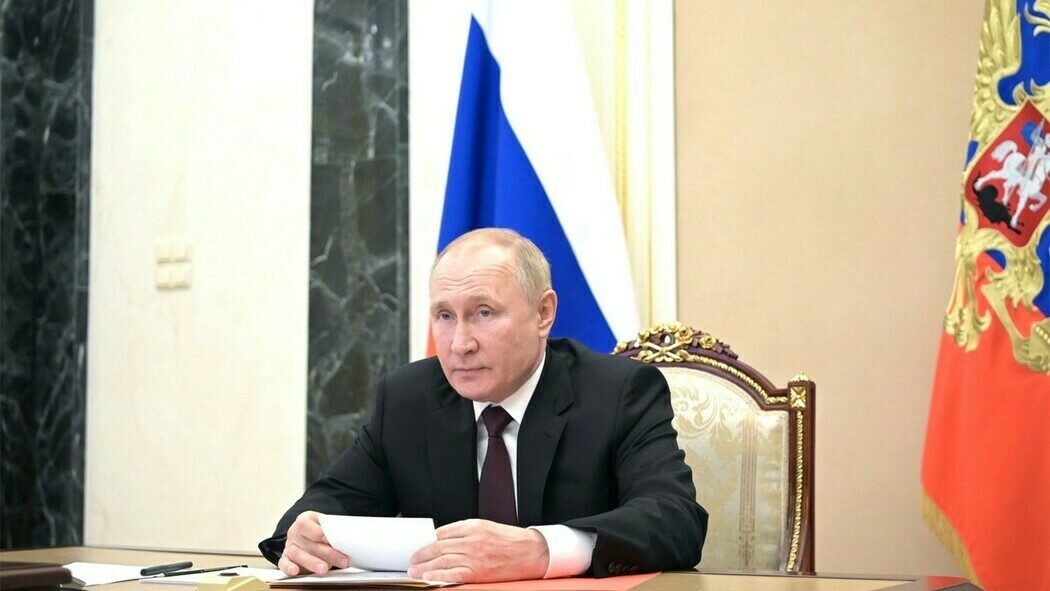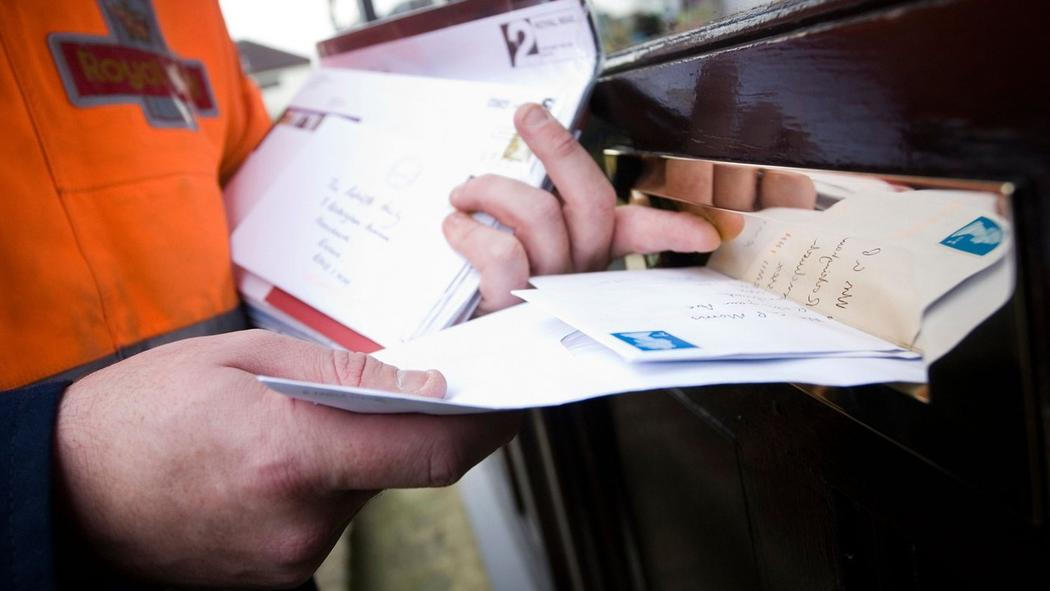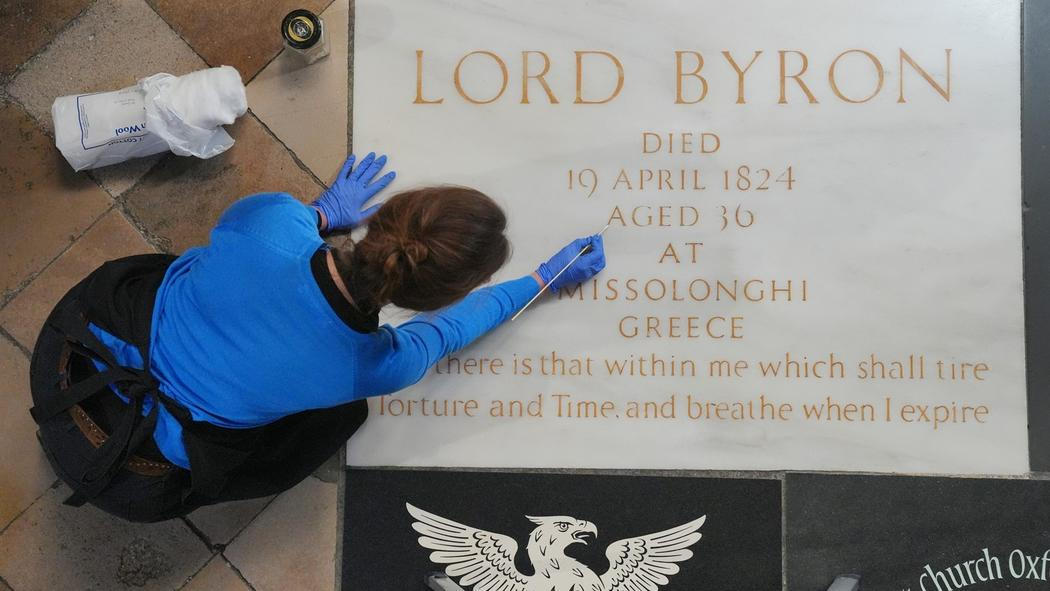All is quiet on the Eastern front, for now. Over the last few weeks, the situation on the Ukrainian border has escalated to a point of political brinksmanship as reports of Russia amassing more than 100,000 troops along the Ukrainian border. The United States and European Union officials have warned of a Russian invasion at any moment.
As a response, the US has sent their top man, Secretary of State Anthony Blinken to Europe to put ease tensions while also reconfirming the US President Biden’s rhetoric on what would happen if Russia would enter Ukraine. Biden has warned that the US, partners, and their allies will impose severe consequences in the event of an invasion or Russian troops crossing the border.
Following a second round of diplomatic talks, Blinken and Russian Foreign Minister Sergey Lavrov met on Friday to try and de-escalate the situation. Blinken stated in a press conference that "we didn't expect any major breakthroughs to happen today, but I believe we are on a clearer path in terms of understanding each other's concerns, each other’s' positions.”
However, Lavrov continued to claim that Russia is not intending an invasion and denies building up troops along the border. Instead, they are calling for NATO to end activity in Central and Eastern Europe, most notably in Ukraine and pleading that NATO never join the military alliance.
The 90-minute bilateral meeting ended with Blinken stating that the US would provide Russia with a written response next week that would include
consultations with US allies and partners. For now, hope that last week’s rigorous bilateral and multilateral diplomacy tour has shown the Kremlin the potential consequences of any movement towards Ukraine.
Blinken and his buddies
Blinken’s European tour included meetings in Berlin with his German, UK and French counterparts and in Kyiv, where he met with Ukrainian President Volodymyr Zelensky and ended in Geneva with talks Lavrov.
During these meetings, he has been seeking commitments among allies on how to respond if Moscow were to enter Ukraine.
While a general consensus that a strong stance against Russia’s aggressive behavior needs to be taken, European allies have taken varied approaches to the situation and how the allies should react.
The EU has called for severe economic and diplomatic consequences in the case of further military movement. However, the 27 member states remain divided as to what should trigger sanctions – asking if cyber-attacks or false-flag operations should be dealt with in the same way as a full-on occupation.
France’s president Emmanuel Macron has called for closer EU-led discussions aiming to revitalize four-way talks labeled the “Normandy talks” between Russia, Germany, France and Ukraine – calling for stronger dialogue sans the United States – taking the strategic autonomy stance.
For Germany, Ukraine is the first major test to Germany’s new government that consists of three very different parties all calling for different approaches - Foreign Minister Annalena Baerbock of the Greens party is pursuing a tough line toward Moscow, Chancellor Olaf Scholz of the Social Democrats is still somewhat vague in his responses. Adding to the complexity of the situation, the NordStream 2 pipeline, owned by the Russian state-owned energy company Gazprom, that is supposed to start later this year bringing gas from Russia via Germany to the Western European market is causing diverging approaches in Germany.
Poland have been vocal on their support. President Duda wrote on Twitter. “Poland rejects the concept of spheres of influence and supports full Euro-Atlantic integration of Ukraine.” For Poland, and other bordering countries, keeping the West engaged in the region, including US and NATO troops remains key in ensuring the regions’ security and deterring any further Russian aggression.
NATO has been at the core of the Ukrainian situation by not giving into pressures from Russia to end all discussions on Ukraine joining the security alliance at a future point. While not an official member and under the protection of NATO’s Article 5, after the 2014 conflict, NATO enhanced Ukraine’s ability to provide for its own security by further developing their practical support to Ukraine. NATO remains committed to restoring Ukraine’s territorial integrity and sovereignty.
NATO Secretary General Stoltenberg stated after a round of discussions with Russian deputy foreign minister, Alexander Grushko last week that “there is a real risk for a new armed conflict in Europe,” and warned that Russia would face “severe consequences” if it used military force.”
End game?
Putin is testing the waters with the US’s new leader and close EU allies, pushing them to draw a red line and see how close he can cross it.
The situations broiling in Eastern Europe including Belarus, Kazakhstan an in Ukraine are only pieces on a chessboard for Putin. We have witnessed in recent history with Georgia and Crimea that Russia only needs a pretext to invade. They only need to claim that they are protecting the Russian-speaking population.
This past week of bilateral and multilateral meetings have shown what kind of response the US and allies are willing to take against Russia’s growing self-assurance.
As the country grapples with internal unrest, severe economic sanctions, military support to the region and financial assistance to Ukraine can cause more issues for the Kremlin than taking Ukraine. Blinken stated after the meeting with Lavrov that “in a sense’ only Putin knows what Russia's end goal is in building up troops on the Ukrainian border.” If Putin’s end game is to unite the democratic powers against him, then it looks like his goals are transpiring.
Danielle Piatkiewicz is research fellow at EUROPEUM





